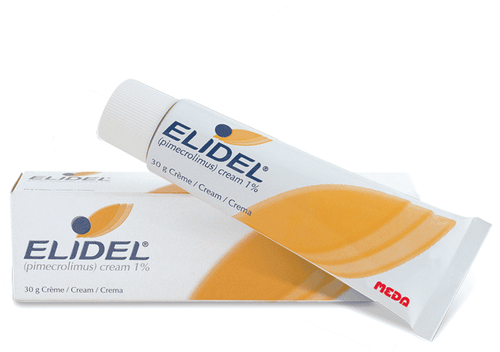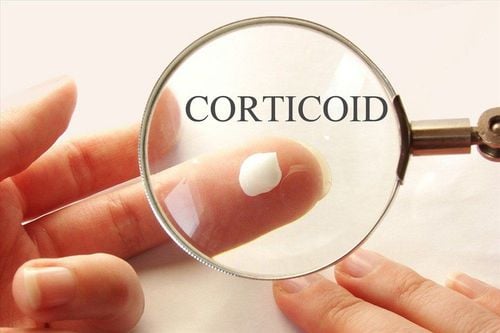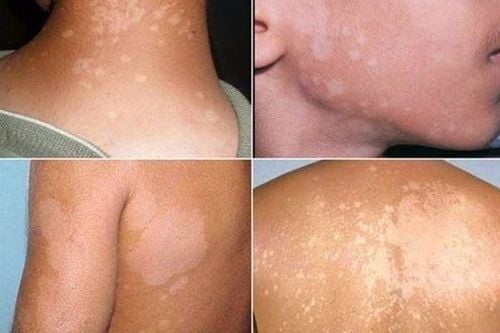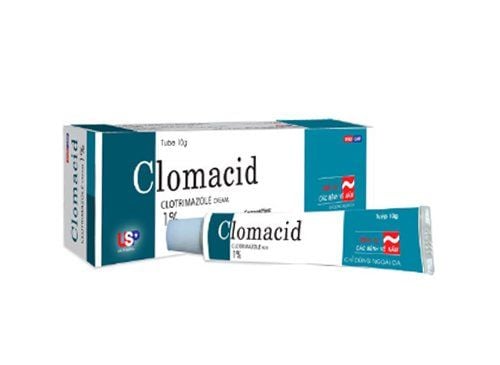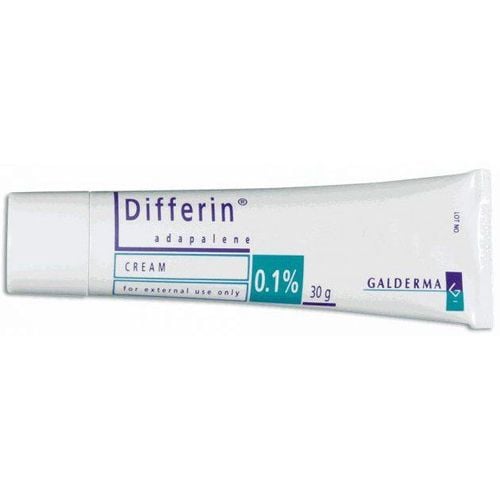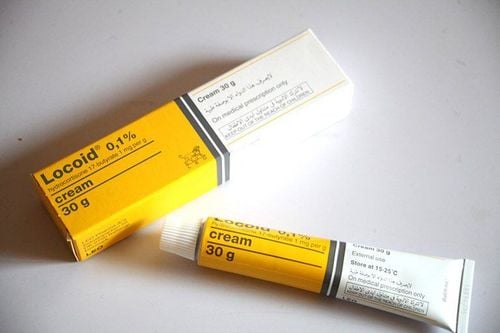This is an automatically translated article.
The article was professionally consulted by Specialist Doctor I Le Thi Thu Hang - Dermatologist - Department of Medical Examination & Internal Medicine - Vinmec Hai Phong International General Hospital. Thu Hang has over 12 years of experience in the field of dermatology.The wet weather of the rainy season and the frequent use of wet shoes on feet is an opportunity for a number of skin diseases to develop, including ringworm. Folk fungus is also known as water-eating foot disease... The cause is usually caused by the fungus Trichophyton rubrum, which often appears in the toes. Lesions are red patches of skin, blisters, skin abrasions, discharge, peeling... especially very itchy.
1. Symptoms of Toenail Fungus
Interstitial fungal disease usually begins between the 3rd and 4th toes, then spreads to the entire toes, instep, soles, and edges of the feet and causes typical symptoms such as: The skin on the feet and between the toes is always itchy and uncomfortable. The skin on the feet and between the toes is scaly and peeling. The skin between the toes is white, pus-filled or ulcerated., watery, may crack, very painful. Cracked skin between the toes causes oozing or bleeding, pain. The affected area is pink or redder than the rest of the skin.2. How to treat toenail fungus?
Treatment of toenail fungus usually uses antifungal drugs, topical if mild and oral if severe. In addition, some antihistamines are also used to fight itching, antibiotics and topical antiseptics if superinfected.2.1 Topical drugs to treat interstitial fungus Topical drugs can be used with commonly used antifungal drugs such as: allylamine group, azole group (clotrimazole, econazole, ketoconazole, miconazole).
Each type of topical drug, each type of brand name drug, and each dosage form will have different pharmacological characteristics and effectiveness, using topical antifungal drugs should pay attention to the following issues:
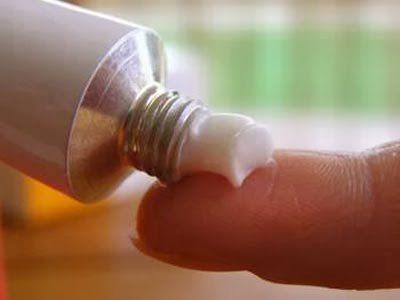
2.3 Apply the right medicine, just the right amount. Patients often do not know how to apply the medicine correctly and enough. When applying too much medicine can cause a burning sensation in the lesion. Applying too much also wastes medicine, so just applying a thin, even layer on the surface of the lesion is enough. People often use the method of measuring the amount of drug to be applied by squeezing the tube of medicine on the index finger, from the tip of the finger to the first knuckle fold called 1 unit to apply to an area of about 5cm2 is enough.
3. Systemic medicine to treat interstitial fungus
Oral drugs to treat toenail fungus can be used in the following groups: azole group (fluconazole, itraconazole, ketoconazole), griseofulvin group. Antifungal drugs are usually metabolised by the liver and eliminated by the kidneys and biliary tract, so caution should be exercised when used in the elderly, in patients with liver or kidney failure.Note when using ketoconazole
When using ketoconazole, pay attention as follows:
Do not use the drug for people with liver and bile disease Do not use together with the following drugs: terfenadine, astemizole, triazolam, midazolam, quinidine, pimozide, simvastatin , lovastatin. Some other drugs such as antiretroviral drugs, anticancer drugs, immunosuppressants, digoxin, carbamazepine, buspirone, alfentanil, alprazolam, rifabutin, methylprednisolone, trimetrexate are also not used together. Be careful with people who are taking gastric antacids, should not be used by pregnant women and nursing mothers. In the process of taking the drug should monitor symptoms such as fatigue, poor appetite, loss of appetite, bloating, yellow skin, eyes, yellow urine... to promptly handle if there are side effects. The drug can cause digestive disorders, nausea, abdominal pain, diarrhea, headache... Note when using fluconazole
When using oral fluconazole, it should not be used together with rifampicin, phenytoin and sulphonylurea because rifampicin makes fluconazole plasma concentrations decreased, while phenytoin, sulphonylurea increased concentrations when co-administered with fluconazole.
Fluconazole can cause some side effects such as headache, nausea, abdominal pain, diarrhea, red rash, itchy skin.
Note when using itraconazole
For itraconazole is a recent antifungal drug that is widely used, but it should be limited to use in people with liver and kidney failure, a lower dose adjustment may be required. Do not take the drug with the following drugs: astemizole, cisapride, dofetilide, mizolastin, levacetylmethadol, quinidine, terfenadine, sertindole, pimozide, because it can affect the heart, prolong the QT interval. Do not take with lovastatine, simvastatin, triazolame, diazolame, ergometrine, ergotamine. Itraconazloe is contraindicated in pregnancy and should be used with caution in nursing women. The drug has some side effects, mainly on the gastrointestinal tract such as vomiting, nausea, bloating, abdominal pain, diarrhea... Notes when using griseofulvin
Antifungal drug griseofulvin is a relatively safe drug but also Should be used with caution in pregnant women, not for people with porphyria, liver failure.
The drug can cause side effects such as digestive upset, headache, skin rash. Concomitant use with anticoagulants, theophylline should be avoided because griseofulvin reduces the effect of these drugs.
The treatment of toenail fungus is not difficult, but topical and oral antifungal drugs when used also need to be used with caution and prescribed by a specialist to achieve effective treatment and avoid side effects.
4. Notes when treating toenail fungus

Each topical drug, each brand-name drug, and each dosage form will have different pharmacological characteristics and effectiveness, note the different uses, but when using topical antifungal drugs, it is necessary to pay attention to some issues. The following topics:
No need to soak the lesion before applying the medicine. If the wound is bleeding a lot, there is dirt, foreign body ... then just wipe the wound with cotton, clean gauze and then apply medicine. Apply the drug properly, just the right amount: apply a thin layer, spread evenly on the surface of the lesion is enough. If you apply too much medicine, it can cause a burning sensation in the lesions, causing drug waste. Toenail fungus is common in the rainy season, the treatment is not difficult, but topical and oral antifungal drugs also need to be used with caution and prescribed by a specialist to achieve effective treatment. treatment and avoid side effects.
To prevent fungus between toes, do not wear shoes and socks for many hours a day. In the rainy season, the environment is humid, the shoes and socks are dry, and wet clothes are not used to create a favorable environment for the fungus to grow and the disease to be cured for a long time, and easy to re-infect and re-infect. If your feet are wet, you must dry them, wipe them with a soft cloth, and then put on socks and shoes.
Please dial HOTLINE for more information or register for an appointment HERE. Download MyVinmec app to make appointments faster and to manage your bookings easily.





